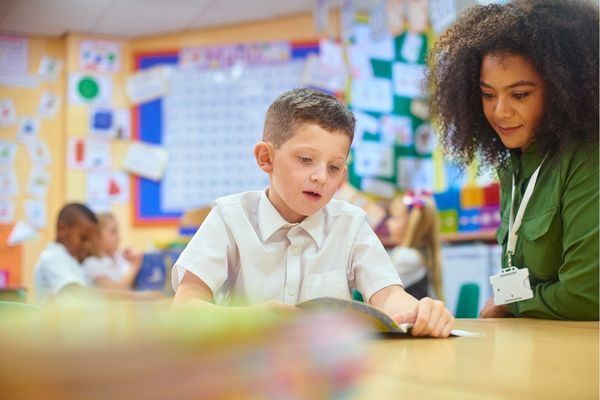Coming Back Better
September 01, 2020
Appears in September 2020: School Administrator.
Executive Perspective
This unprecedented era represents a startling new time in public education. It provides superintendents, staff, students and families the chance to revitalize education as a public institution and incorporate proven strategies in making education for
all learners equitable, experiential, engaging and authentic.
Last April, I convened a task force of 30 superintendents to focus on the impact of COVID-19 on the reopening of schools. The superintendents and state association executives
who worked with AASA to inform our reopening guide identified six recurrent concerns:
- Health and safety as essential priorities.
- The need to address educational inequities.
- The importance of social and emotional learning.
- Ensuring that closure and traditional rituals and ceremonies are addressed. (The importance of shared/distributed leadership to engage stakeholders in collaborative problem solving, decision making and building support structures.)
- The power of collaboration and teamwork.
- The importance of leaders understanding the dynamics and unanticipated consequences of the change process.
Probing Questions
COVID-19 clearly calls for heightened attention to ensure that each of these goals comes to fruition. Coming back better, however, requires us to ask the hard questions:
- How close were we to achieving these goals in all of our schools with all of our students before the pandemic?
- Will it be possible to meet Centers for Disease Control protocols in buildings that may have been substandard before COVID-19?
- Can we ensure the push for broadband access, while critically important, does not mask the need to address inequities in the mate-rials, staff, student and family training, or deflect from the reality that virtual learning, like in-person learning, is driven by relationships?
- Can we prepare for the reality that students and staff have experienced unprecedented losses that have resulted in trauma, without also acknowledging that learning, growth and resiliency have also been affected?
- How do we acknowledge that, for some students, school was not experienced as a safe place where they could be their whole selves? Can we ensure, as these students return, they are not stigmatized for their behavior?
- Can we ensure that attending to the immediate needs to compensate for the lack of end-of year closures and rituals can be translated into a broader commitment to shared leadership and community?
- Do we acknowledge not only the benefits but the costs of cross-functional and cross-system teams and partnerships so that we encourage and support their continuance?
- Can we use the scale and scope of the changes required to begin to see schools and school districts as a part of a larger learning and development ecosystem, so we resist planning in a vacuum?
Table Partners
Schools cannot do this alone. The magnitude of the work needed to build back better suggests the need to build back smarter. Each of these concerns confronts schools along with every organization and system that supports learning and development —
child care centers, libraries, recreation departments, after-school and summer programs, youth employment programs, prevention programs and college and career access services.
If there was ever a need for a whole child, whole school, whole
community approach to strategic planning, that time is now. Community-based services and systems are making reopening decisions now, too. As schools reopen, will we engage with their staff or leadership? Do we have them at our planning tables? Are
we at theirs, gaining an understanding of how they build relationships and strengthen competencies?
We cannot achieve these goals without inviting to our deliberations those community partners who will encourage us to think differently,
so that we can act differently, so that we can act together. AASA has joined with the Forum for Youth Investment, the National Urban League, the American Institutes for Research and 30 other national education and youth development organizations to
help stimulate equity-driven solutions, practices and policies in schools and community organizations.
Termed “Building Back Better,” this coalition is part of the Readiness Projects, which accelerate work that demands equitable learning and development opportunities and builds on the strengths of people working at all levels to help children and youth thrive.
Author
Advertisement
Advertisement
Advertisement
Advertisement



